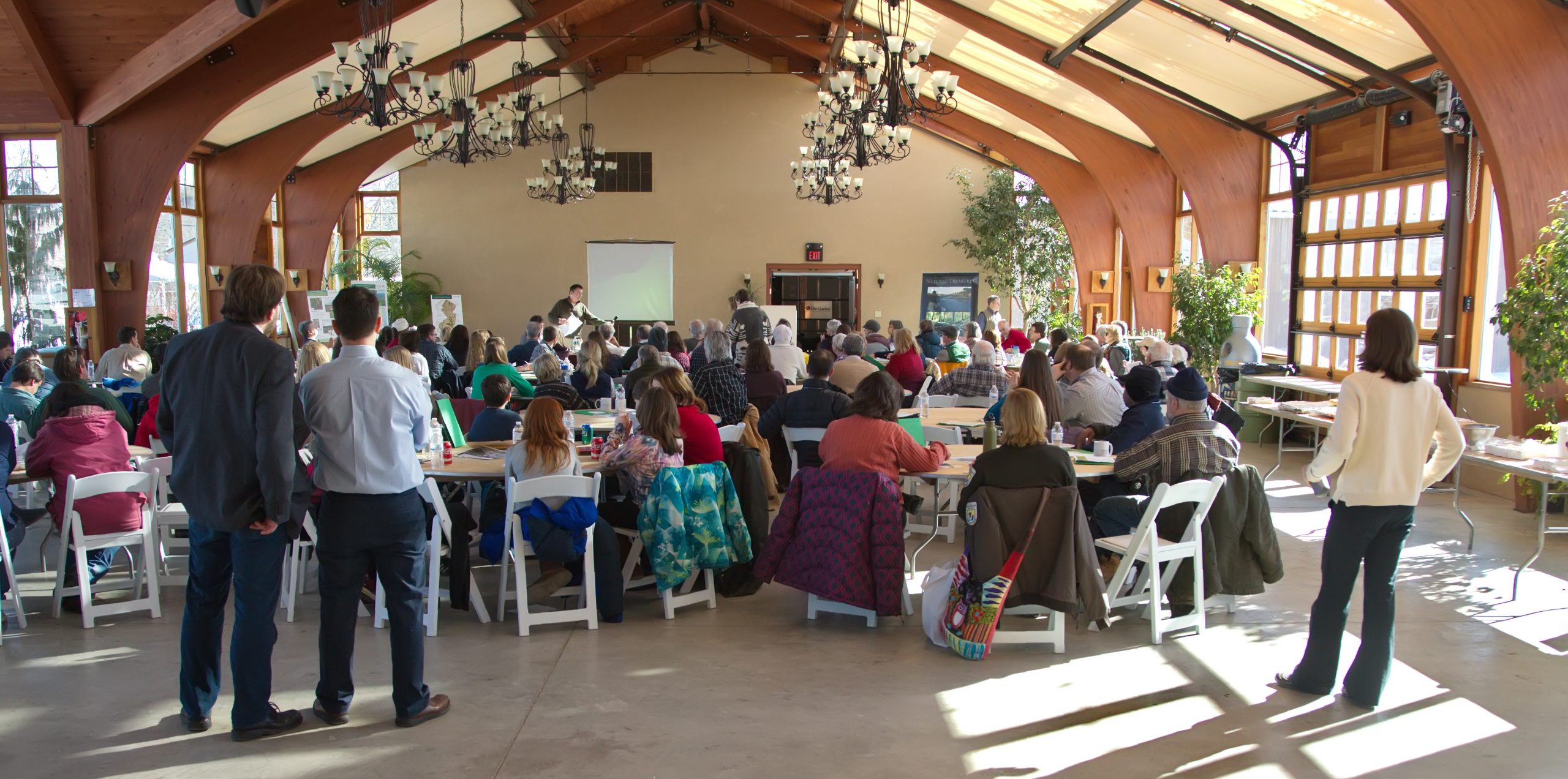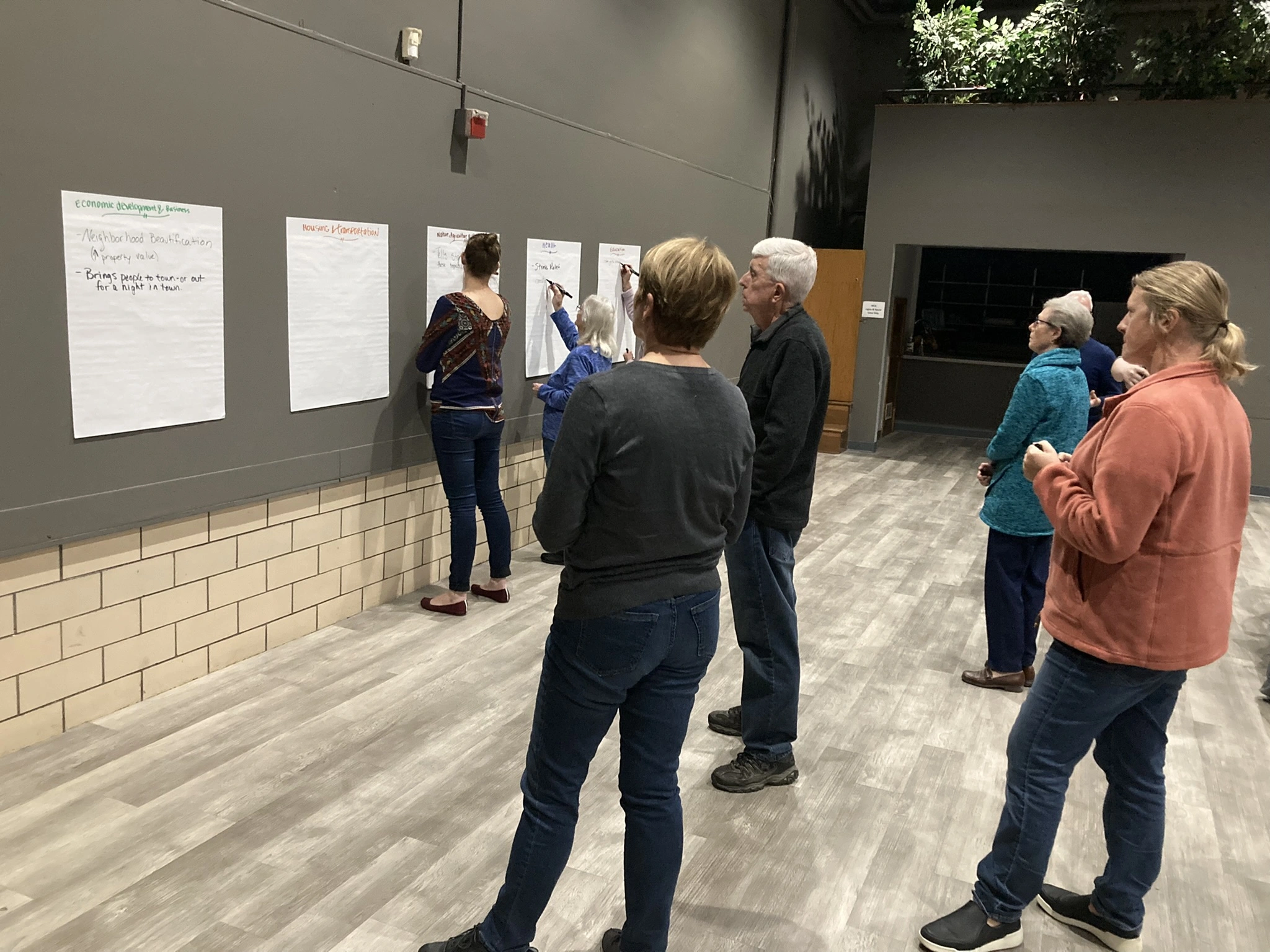
By Elizabeth Schuster, Environmental Economist
Something I’m not hearing enough people talk about: Regenerative agriculture practices do not always help farmers manage risk.
I’m not suggesting there are no risk management benefits. In fact, I recently read that a blog noting a University of Illinois study which showed that farmers using cover crops and no-till farming practices were 24% less likely to submit plant insurance claims during the 2019 Midwest flooding.
The issue is that we are not good at talking about nuance: When are regenerative agriculture best management practices (BMPs) most likely to reduce risk?
Let me give an analogy from my past work. People often assumed that creating a new nature preserve would benefit people. But imagine a preserved parcel of forest with no public access – that will clearly not benefit communities. New nature preserves only benefit people if you have what we call complementary inputs: a parking lot, trails and signs.
— > The same thinking applies to regenerative ag practices. If you are a farmer transitioning to new best management practices (BMPs), they will not benefit all farmers equally. We often talk about farmers as if they were all commodity crop producers, but they are so much more diverse.
We need to consider baseline conditions before talking about how regenerative agriculture BMPs will help manage risk. The specific BMPs, as well as where and when they are adopted – will vary depending upon the farming system.
Baseline conditions for farmers to consider before adopting new BMPs:
- What is your production system – large scale commodity, mixed livestock and crop system, small-scale diversified, or other?
- How many acres of land do you have available, and what is your mix of owned versus leased land?
- What is your business model? Do you sell at auction, wholesale, to restaurants, or direct-to-consumer? Do you produce value-added products?
- What is your knowledge of these new ag BMPs? Is there a learning curve to adopt them?
- Do you have the right equipment and tractor implements?
- Do you have the labor needed to transition to regenerative ag practices? (farmers are also facing similar labor shortages to what we see in other sectors)
If we want to help farmers manage risk, we need to consider unique farm conditions and resources. And then we need to build a deliberate risk management strategy around the adoption of new BMPs for regenerative agriculture.





